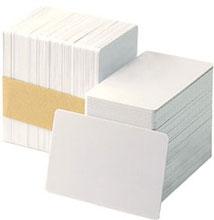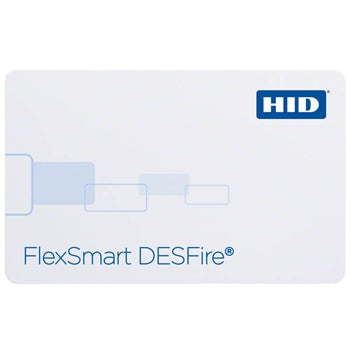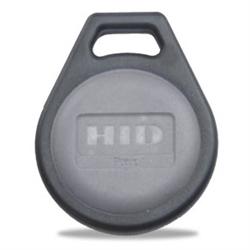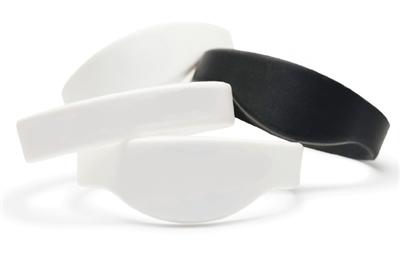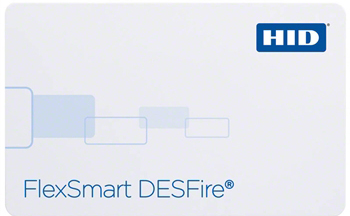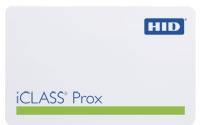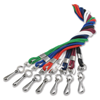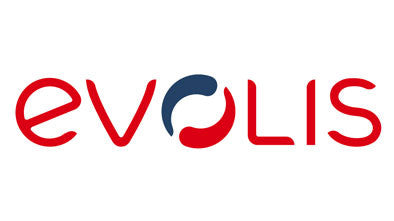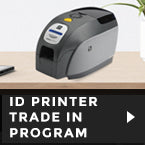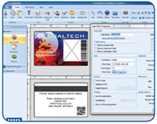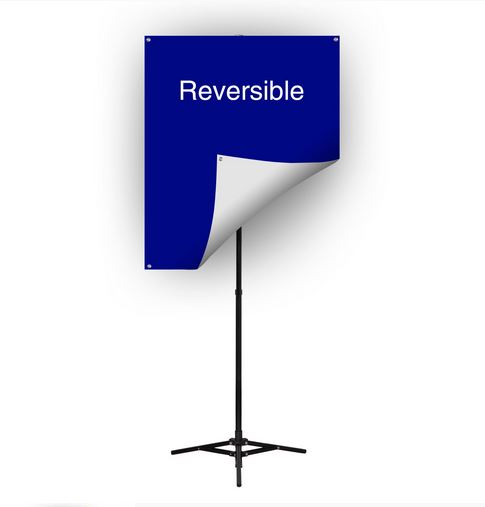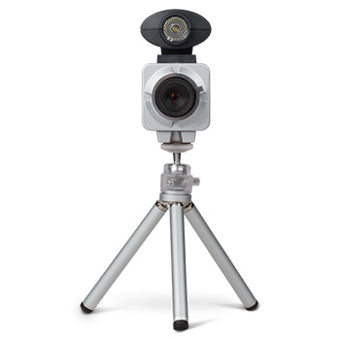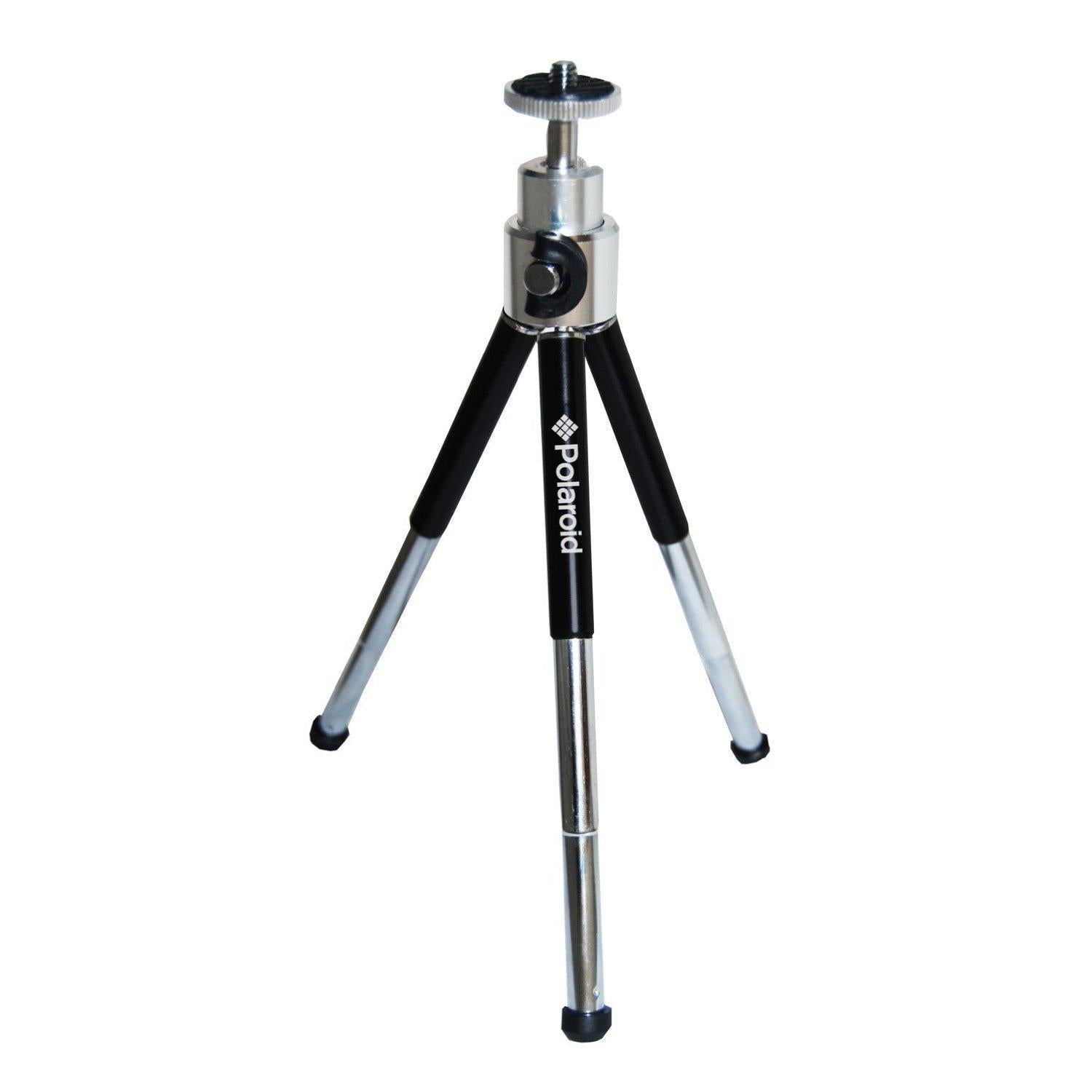ID Printers, Badges & Accessories
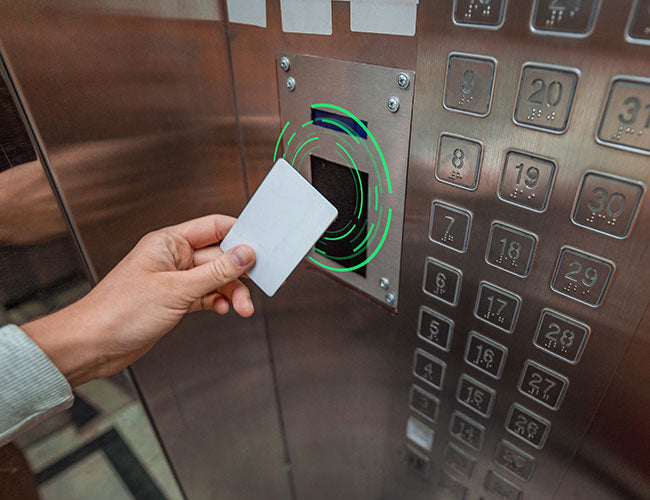
Proximity Cards: What Are They Used For?
Proximity cards are small plastic cards that contain an electronic chip and antenna. When close to a compatible reader, the chip communicates with the reader to open a door or activate another function. Proximity cards are commonly used in schools, hospitals, and businesses for access control. Other uses for proximity cards include parking systems and loyalty programs.
Log and Track Access
Proximity cards can function as ID cards and be used to log and track access to secure areas and facilities. When passing a proximity card through a reader or scanner, the card transmits a unique code that is logged by the system. This allows individual access to be recorded and tracked over time, making it easy to identify unauthorized use. Additionally, some systems can even provide two-factor authentication, requiring both a proximity card and a pin or password for access. Overall, the use of proximity cards offers many benefits in terms of security and convenience, helping to keep facilities safe and ensuring that only authorized personnel has access to sensitive information.
Strengthening Security
Proximity cards are a highly effective way to improve security in a variety of settings. These small, wireless cards contain an encoded magnetic strip that allows them to be easily scanned by proximity readers. When the card is held near a reader, it automatically transmits its encoded data and unlocks the door or grants access to other secure areas. Because they require no physical contact between the card and reader, these cards offer stronger security than traditional keys or keypads. By preventing unauthorized users from gaining entry or snooping on sensitive information, proximity cards can help keep businesses, institutions, and other organizations safe from potential threats. And because they are convenient and easy to use, they are quickly becoming the standard for high-security applications. So if you're looking for a way to improve your organization's security, look no further than proximity cards. With their powerful encoding technology and reliable performance, they are sure to keep you and your employees safe.
Assign Tiered Access
Proximity cards can be programmed to allow certain individuals access to certain areas. Often used in the workplace or large commercial buildings, these cards can be assigned to different levels based on an individual's role or access level. For example, an employee may only have access to certain rooms within a building, while someone with a higher-level position might also have access to restricted files and databases.
At their core, proximity cards work by using radio-frequency identification (RFID) technology. When placed near an RFID reader, the reader detects the embedded chip or magnetic strip on the card and delivers a signal that grants or denies access accordingly. The ability of proximity cards to discriminate between different types of users makes them ideal for managing critical workflows and operations in any organization. Whether you need to restrict access at specific times or places within your facility, or simply limit entry to a single room or area, proximity cards offer convenient and efficient tiered access control that ensures only authorized personnel gain entry.


